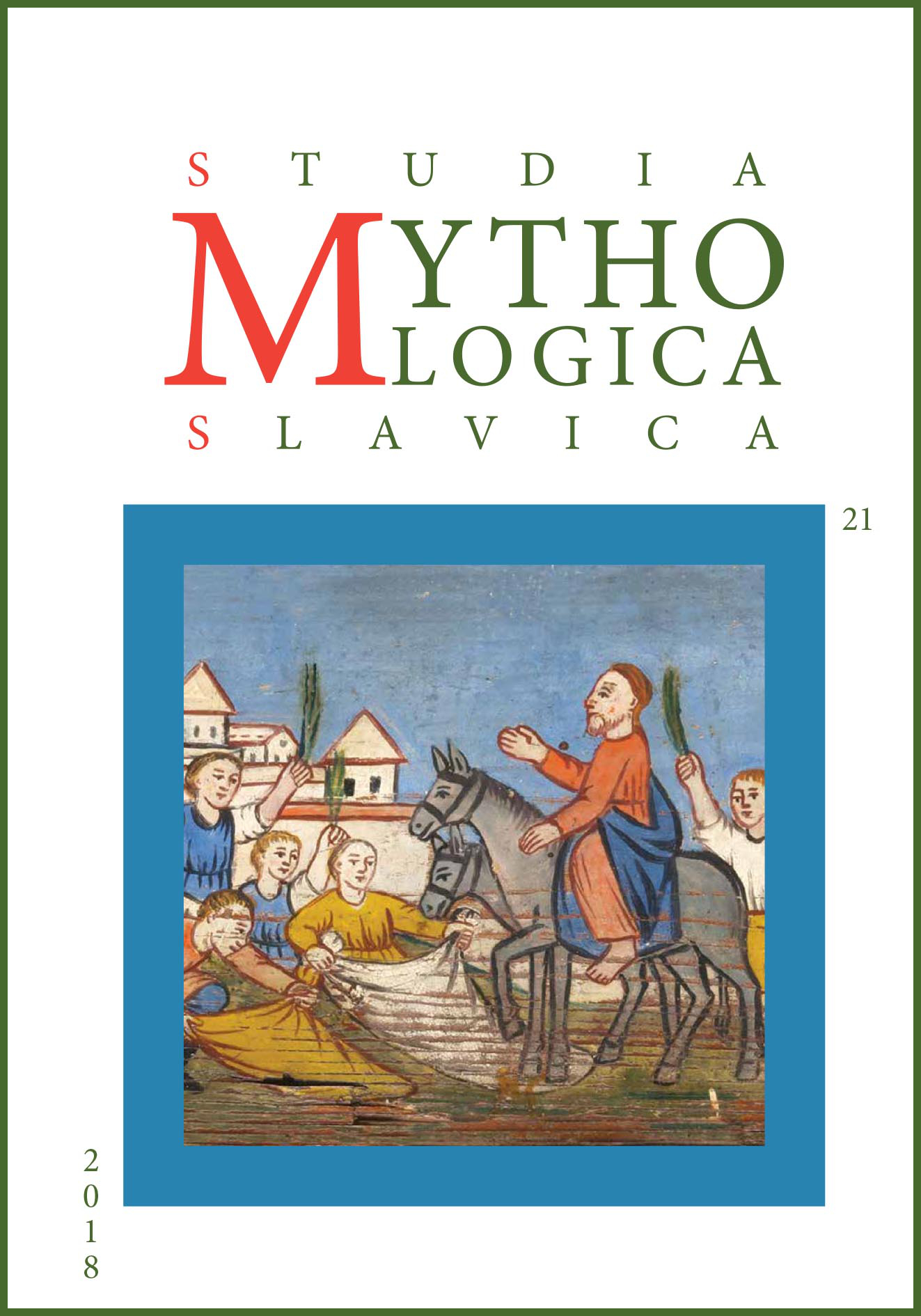The Sun, the Moon, and the Orientation of Baltic Graves: A Mythological Approach to an Archaeological Problem<br>Solnce, luna i orientacija baltskih pogrebenij: mifologičeskij vzljad na arheologičeskuju problemu</br>
DOI:
https://doi.org/10.3986/sms.v21i0.7063Ključne besede:
Balts, Iron Age, burial rites, archaeoastronomy, mythology, folklorePovzetek
This paper focuses on the predominating east-west orientation of Iron Age graves (5th century BC to the 13th century AD) and the reasons that could have caused the custom. Based on the data of Baltic mythology and their reflections in folklore, the authors argue that the mythological conception of grave orientation is closely related to the mythological path of the Sun and the image of souls leaving the world of the living. Given the astronomical opposition of the Sun and the Moon, the hypothesis is justified by the fact that, when the graves of men and of women in the Baltic burial grounds adhering to the east-west axis, were oriented in opposite directions, the burial customs could have been affected by the mythological images of the heavenly family: the Sun (wife) and the Moon (husband).Prenosi
Prenosi
Objavljeno
2018-10-25
Kako citirati
Vaitkevičienė, D., & Vaitkevičius, V. (2018). The Sun, the Moon, and the Orientation of Baltic Graves: A Mythological Approach to an Archaeological Problem<br>Solnce, luna i orientacija baltskih pogrebenij: mifologičeskij vzljad na arheologičeskuju problemu</br>. Studia Mythologica Slavica, 21, 7–25. https://doi.org/10.3986/sms.v21i0.7063
Številka
Rubrike
RAZPRAVE / ARTICLES
Licenca
Avtorji jamčijo, da je delo njihova avtorska stvaritev, da v njem niso kršene avtorske pravice tretjih oseb ali kake druge pravice. V primeru zahtevkov tretjih oseb se avtorji zavezujejo, da bodo varovali interese založnika ter da bodo povrnili morebitno škodo.
Podrobneje v rubriki: Prispevki





